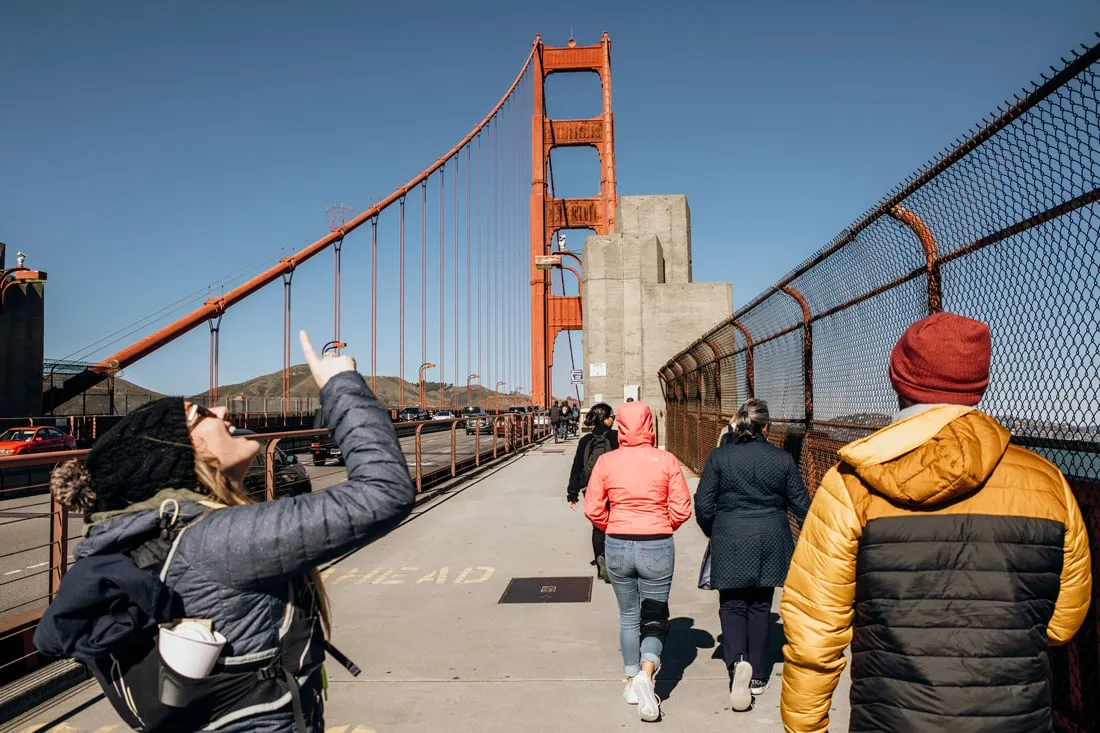Massachusetts, a state renowned for its rich history and diverse landscapes, is not only an appealing destination for culture and urban explorers but also a haven for nature photography enthusiasts. In particular, the experience of photographing red-tailed hawks in Massachusetts is increasingly attracting photographers and bird lovers alike, drawn to the majestic beauty and natural habitat of this bird of prey.
The red-tailed hawk, with its distinctive reddish-brown tail feathers and broad wingspan, is one of the most common birds of prey in North America. In Massachusetts, they can be easily spotted soaring in the sky, perched on tall branches, or hunting in open fields. Observing and capturing their everyday moments offers not only stunning photographs but also a chance to immerse oneself in wild nature and explore the fascinating world of wildlife.
The Beauty of Red-Tailed Hawks and Their Habitat in Massachusetts
The red-tailed hawk (Buteo jamaicensis) is a large bird of prey belonging to the Accipitridae family. They are distinguished by their keen eyes, sharp talons, and skillful flight. The most recognizable feature of the red-tailed hawk is its vibrant reddish-brown tail, which adds to their powerful and wild appearance. In Massachusetts, red-tailed hawks adapt well to various habitats, from forests, grasslands, and wetlands to urban areas. The ecological diversity of the state provides favorable conditions for red-tailed hawks to thrive and inhabit, offering excellent opportunities for those passionate about wildlife photography.
Massachusetts boasts vast forest coverage, providing an ideal habitat for red-tailed hawks to nest and hunt. Dense forests with tall trees offer safe and secluded shelters for them to build nests and raise their young. Additionally, grasslands and agricultural lands serve as abundant food sources for red-tailed hawks, with small rodents, birds, and reptiles being their preferred prey. Moreover, the presence of parks and nature reserves in Massachusetts plays a crucial role in conserving the habitat of red-tailed hawks and many other wildlife species.
Ideal Locations for Red-Tailed Hawk Photography in Massachusetts
Massachusetts offers numerous excellent locations where you can experience red-tailed hawk photography. Here are some notable suggestions:
Cape Cod National Seashore: With its long coastline, dunes, and expansive wetlands, Cape Cod provides a diverse habitat for many bird species, including red-tailed hawks. You can find them in coastal forests, marshes, and even on secluded beaches. The pristine natural scenery of Cape Cod will be a stunning backdrop for your red-tailed hawk photos.
Great Meadows National Wildlife Refuge: Located in Sudbury and Concord, this refuge is a premier destination for bird enthusiasts in Massachusetts. Great Meadows features a network of hiking trails and observation towers, making it easy to access and observe red-tailed hawks in their natural habitat. Especially during spring and fall migration, you might witness red-tailed hawks migrating through the area.
Middlesex Fells Reservation: This vast forest reserve, located just outside of Boston, provides a green and wild space amidst the urban environment. Middlesex Fells is home to a variety of wildlife, including red-tailed hawks. You can explore hiking trails and search for red-tailed hawks perched in tall trees or soaring in the sky.
Walden Pond State Reservation: Known as the residence and workplace of writer Henry David Thoreau, Walden Pond is not only a historical site but also a beautiful nature preserve. The clear lake and surrounding forest provide an ideal habitat for red-tailed hawks and many other bird species. You can combine red-tailed hawk photography with exploring the history and culture of this area.
Wachusett Mountain State Reservation: Rising over 2,000 feet, Wachusett Mountain offers panoramic views and is an ideal vantage point for observing birds of prey. In the fall, you can witness hundreds of red-tailed hawks migrating through this area. The observation deck at the summit is an excellent spot to photograph red-tailed hawks against a majestic mountain backdrop.

Tips and Techniques for Effective Red-Tailed Hawk Photography
To capture impressive red-tailed hawk photos, you need to equip yourself with certain knowledge and skills. Here are some helpful tips and techniques:
Prepare suitable equipment: A telephoto lens is indispensable for wildlife photography. Lenses with a focal length of 300mm or longer will help you capture close-up shots of red-tailed hawks from a distance without startling them. A camera with a fast shutter speed and good autofocus is also crucial for capturing the birds’ rapid movements.
Learn about red-tailed hawk behavior: Observing and learning about the habits, hunting behaviors, and preferred habitats of red-tailed hawks will help you predict their location and timing. This will increase your chances of encountering and successfully photographing them.
Be patient and persistent: Wildlife photography requires high levels of patience and persistence. Red-tailed hawks are wild birds, and they may not always appear when you want them to. Spend time observing, waiting, and moving carefully to avoid scaring them away.
Camouflage and maintain distance: To approach red-tailed hawks as closely as possible without frightening them, you should wear camouflage clothing in colors that blend with the surroundings. Maintain a safe distance and avoid making loud noises to avoid disturbing their natural behavior.
Choose the right time to shoot: Light is a crucial element in photography. Sunrise and sunset often provide soft and warm light, ideal for red-tailed hawk photography. Avoid shooting at midday when harsh light and strong shadows can reduce image quality.
Pay attention to composition and moments: Don’t just focus on capturing close-ups of red-tailed hawks; pay attention to the overall composition of the photo. Combine red-tailed hawks with their surroundings to create images with depth and tell a story. At the same time, always be ready to capture unique moments such as red-tailed hawks hunting, soaring, or interacting with their environment.

Ideal Time for Red-Tailed Hawk Photography Experience
The best time for red-tailed hawk photography in Massachusetts depends on your goals and preferences. Spring and summer are the breeding season for red-tailed hawks, and you can observe and photograph parent birds caring for their young. Fall is the migration season for many birds of prey, including red-tailed hawks. This is an excellent opportunity to witness flocks of red-tailed hawks soaring in the sky and capture impressive photos of migration scenes. In winter, although the number of red-tailed hawks may decrease, you can still find them in areas with stable food sources. The snowy winter scenery can also create unique and striking red-tailed hawk photos.
In terms of time of day, early morning and late afternoon are usually when red-tailed hawks are most active. This is when they hunt and soar most frequently. The soft light at these times is also ideal for photography. However, you may also encounter red-tailed hawks at any time of day, especially when the weather is favorable.
Conclusion
Experiencing red-tailed hawk photography in Massachusetts is a fascinating and rewarding journey of wild nature exploration. Not only does it offer opportunities to hone your photography skills, but it also helps you learn more about the animal world, appreciate the beauty of nature, and raise environmental awareness. Prepare your gear, plan your trip, and start your red-tailed hawk photography adventure in Massachusetts today to discover memorable moments and create unique photographic works.